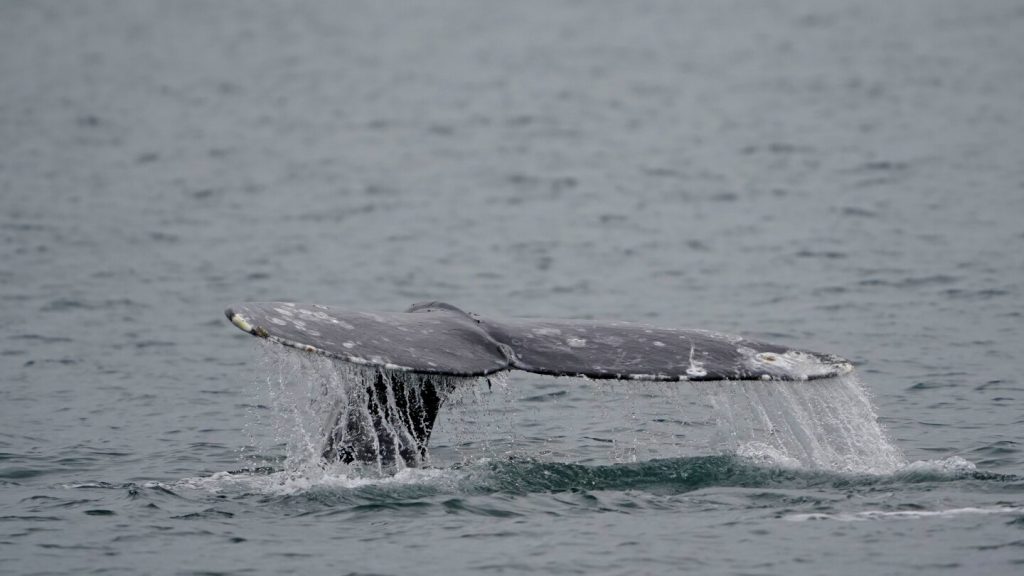After a troubling few years, there is finally some positive news for the gray whale population along the West Coast. Federal researchers have reported that the population is showing signs of recovery following a “unusual mortality event” that began in 2019. This event resulted in hundreds of gray whales washing up dead on beaches from Alaska to Mexico. The National Oceanic and Atmospheric Association (NOAA) recently determined that this mortality event has ended, allowing for the opportunity to report some good news for the first time in a while. The estimated total number of eastern north Pacific Gray whales has increased to between 17,400 and 21,300, compared to last year’s estimate of 13,200 to 15,960 whales. This marks a significant improvement from the decline in population numbers that began in 2016 when the population numbered around 27,000.
During the peak of the mortality event between December 17, 2018, and December 31, 2020, 690 dead gray whales washed ashore from Alaska to Mexico, with the highest numbers in the U.S. The event was a concerning anomaly, as in an average year, only about 35 whales wash up dead in the U.S. Five years ago, these same coastlines saw a significant increase in the number of dead whales washing ashore. The recovery of the gray whale population is a positive sign for the species, which migrates 10,000 miles from feeding grounds in the Arctic to birth their calves along Mexico’s Baja Peninsula every year in late September. NOAA researchers attribute the mortality event to ecosystem changes in the northern Bering and Chukchi seas off northern Alaska, which impacted the whales’ access to and quality of prey.
The changes in the ecosystem led to poor nutritional conditions for the whales in their wintering areas in Mexico, as well as an overall decline in calf production. This resulted in increased mortality during the whales’ annual migration from Mexico to Alaska. The declining population abundance was a cause for concern, despite the eastern North Pacific gray whales being removed from the endangered species list in 1994 after recovering from the whaling era. With the recent signs of recovery and increase in population numbers, researchers are hopeful that the gray whale population will continue to thrive and maintain a healthy balance in the marine ecosystem. The end of the unusual mortality event is a significant step towards restoring the population numbers to a more stable and sustainable level.
The improvement in gray whale population numbers is a promising development for marine conservation efforts and signals a potential shift in the ecosystem dynamics that may benefit other marine species as well. NOAA’s research and monitoring of the gray whale population have provided valuable insights into the impact of environmental changes on marine mammal populations and highlight the importance of continued conservation efforts to protect and preserve these species for future generations. The recovery of the gray whale population is a testament to the resilience of these magnificent creatures and their ability to bounce back from challenges when given the opportunity to thrive in their natural habitats. As we celebrate this positive news, it is important to remember the importance of ongoing conservation efforts to ensure the long-term survival of gray whales and other marine species that rely on healthy oceans for their survival.


